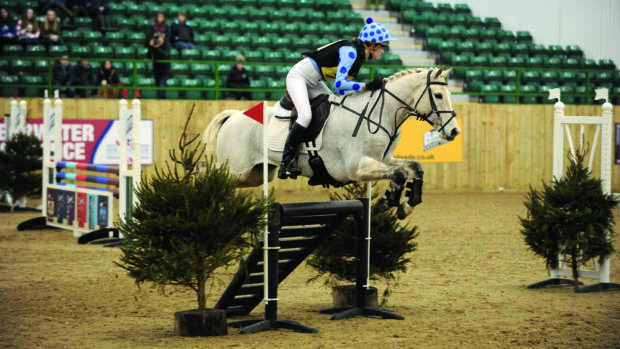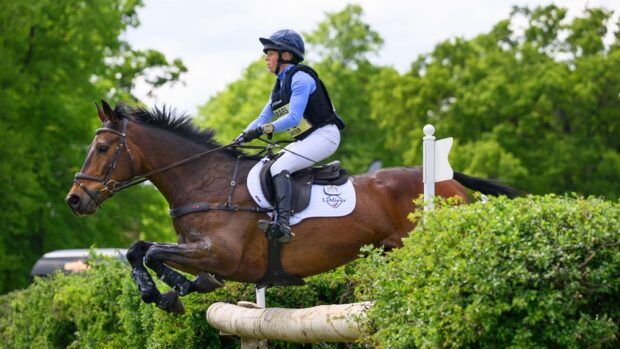Want some training tips from Ingrid Klimke? The eventing and dressage championship medallist shared some pearls of wisdom at Wellington Riding earlier this month…
1. Horse should go out every day: “Sometimes an owner will bring a horse who’s 10 and say she’s not allowed to go out and I’ll say leave her here two weeks and I’ll send you a video of her grazing, going for a hack!”
2. Variety is key in training. Even Ingrid’s dressage horses will train over cavaletti and go up the racetrack.
3. Don’t change the routine before a big event: “Over the years I’ve learnt things happen in the lorry, in the stable – if they are going to happen, they will happen. You have to keep horses as much like horses as you can and hope they have the instincts to stay alive.”
4. Be mindful about what order you ride horses and whether they go out before or after work. “I ride the ones who need all their energy for training first.”
5. Be flexible about competition plans – you will have to make changes according to the weather and ground and how the horses are going. “We have one mare who is sensitive and she needs more time to recover after competitions. If you have 10 horses, you will have 10 schedules in mind.”
6. Horses need a break of seven or eight weeks after a long format three-day event and still only do one or two long formats a year at the top level. Young horses compete more often to gain experience.
7. Try to see a cross-country course through the horse’s eyes when you first walk it – and then remember you are coming in canter.
8. As a coach, don’t try to change more than three things at once. And remember how difficult it is to change a habit.
9. If you rush the basics and miss out steps on the ladder, you’ll have to go back and fill them in one day. Take it step by step, be patient.
10. Don’t try to train something difficult three days in a row – it won’t be any better on the third day. Lunge the horse on the third day, let them stretch forward and down as much as they want, then start again the next day.
11. Cooling down is really important after a test, whether the horse comes out tense or has done a good test, and after cross-country too. Stretch them in trot and sometimes even in canter in a light seat.
12. It’s important the saddle is comfortable for the rider as well as the horse: “I prefer saddles that don’t have huge knee rolls, so I can shorten the stirrups and go for a hack or do a jump after dressage.”
13. Work hard on yourself. Always ask yourself what you can do to be better. And treat the horse as your best friend.
You might also be interested in:

12 training principles from Olympic medallist and former European champion Tina Cook

Fitness, polework and details: six training tips from double Olympic medallist Tom McEwen

Nine secrets of successful cross-country from Tim and Jonelle Price

‘You can self coach’ – how to improve your riding without lots of lessons

Subscribe to Horse & Hound magazine today – and enjoy unlimited website access all year round
Horse & Hound magazine, out every Thursday, is packed with all the latest news and reports, as well as interviews, specials, nostalgia, vet and training advice. Find how you can enjoy the magazine delivered to your door every week, plus options to upgrade your subscription to access our online service that brings you breaking news and reports as well as other benefits.




